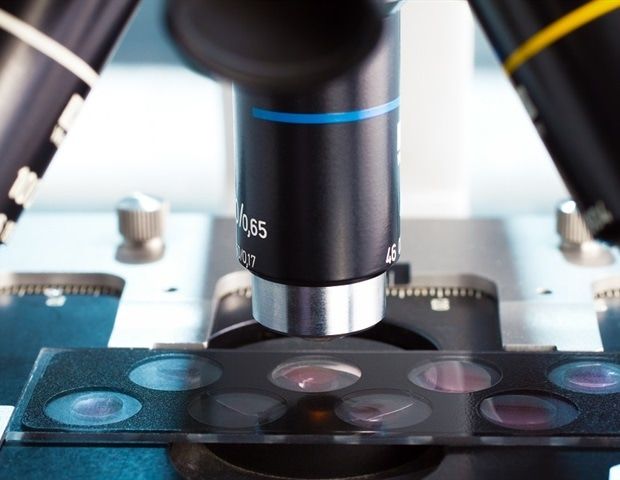Groundbreaking Cryofixing Technique Boosts Raman Microscopy Images

Osaka, Japan - Researchers from Osaka University have made a significant breakthrough in Raman microscopy, enabling high-resolution images of cellular structures that were previously difficult to visualize. The new technique, which preserves the frozen state of biological samples during image acquisition, has opened up new possibilities for understanding complex biological processes.
The study, published recently in Science Advances, demonstrated the feasibility of cryofixing techniques using Raman microscopy, resulting in images up to eight times brighter than previous methods. By freezing samples that were previously unusable due to movement or fragility, researchers could now capture clear images without compromising the sample's integrity. This achievement was made possible by extending exposure times allowed during imaging.
Kenta Mizushima, lead author of the study, explained that the longer exposure times enable higher signal-to-noise ratios, resulting in high-resolution images with larger fields of view. The technique also eliminates the need for stains or chemical fixers, providing a highly representative view of cellular processes and behavior.
Moreover, this cryofixing approach has been shown to conserve the physicochemical states of different proteins, making it an attractive option over traditional chemical fixing methods.
Senior author Katsumasa Fujita highlighted the significance of the discovery: "Raman microscopy adds a complementary tool to our imaging repertoire... This technique not only provides detailed cell images but also offers information on molecular distribution and chemical state, which is invaluable for a nuanced understanding."
The new method is poised to make significant contributions to biological sciences, including medicine and pharmacology. By combining it with other microscopy techniques, researchers can gain a more comprehensive understanding of cellular behavior, paving the way for groundbreaking discoveries that promote life-saving treatments and cures.
